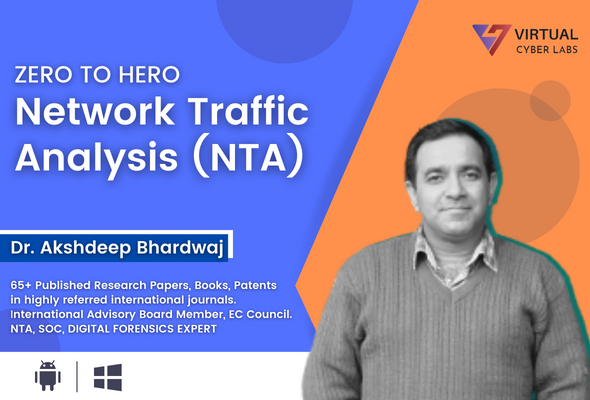
Financial Crime Detection using Graph DB
Welcome to Financial Fraud Detection using Graph Database course. This course uncovers web how law enforcement agencies like Interpol, CBI, ED, or financial institutions and fraud detection professionals look to find evidence of fraud financial transfers.
This course presents a brief look at new age Graph technologies, which offers a unique chance to unmask financial criminals for its ability to provide a holistic view of various entities involved in financial crime and their relationships as well as identify in real-time complex suspicious connections (e.g., graph patterns) such as Circular money transfers. By using an Advanced graph investigation interface with new fraud detection capabilities to ingest unstructured data and performing correlations, this aid Crime investigators to fight financial crime.
There are prerequisites for prior knowledge and you will be able to learn about Graph Databases, creating fake profiles used in banks/credit cards, and how detection can be done for money transfers
Financial crime can take many forms: money laundering, terrorism funding, corruption, tax evasion, insurance fraud, etc. In all these scenarios, perpetrators need to hide their tracks to avoid jail time or fines. That means creating layers of obfuscation between their identity and their wrongdoings via the use of fake identities, middlemen, complex financial schemes, and other tactics.
Money laundering is the process of transforming the proceeds of crime and corruption into ostensibly legitimate assets. Financial institutions are responsible for monitoring the behavior of their customers and report to authorities’ potential money-laundering activities. Failure to do so can result in billion-dollar fines. How can banks and financial institutions identify links between their customers & their details (Geo locations, IP Address, bank Account, Transactions…) and some known criminals, terrorists?
The customer data with banks and other agencies is usually in from of Tables (rows and columns), these are multiple Relational Databases with little or no relationships between all the unstructured data. It is about using PIIs to manipulate financial systems and commit financial crimes like ‘moving money’ from different accounts using synthetic entities for example.
The issue with existing Database systems:
• The major problem with Relational Database is these are not flexible enough to tackle evolving, complex connected data. NoSQL databases don’t consider relationships as first-class citizens. In both cases, relationships in the data is either missing or too hard to compute.
Solution: That’s where graph-powered databases come in.
These are designed to store and query complex, connected data which is perfect for anti-money laundering (AML). Financial institutions have information about the companies and individuals it does business with and their transactions. This data can be augmented with other data sources like watch lists, company registries, etc. A graph approach can help us consolidate these different entities coming from various systems into a single view.
As Financial Fraud analysts, we can dig deeper into a flagged transaction and quickly visualize the entities it involves. Our suspicious customer is connected to an address that is connected to something else. We can also explore other entities connected to the address.
Notes:
• This course is created for educational purposes only, the author doesn’t hold any responsibility.
Who this course is for:
• Anybody interested in learning Graph Database to detect not just financial frauds, but learn to represent data in a visual format.
• Anyone seeking to work with Cyber Crime units like Interpol, CBI, or the Enforcement Directorate and get a glimpse of how financial frauds are unearthed.
Curriculum
- 6 Sections
- 9 Lessons
- 7 Hours
- Module 1 - Financial Fraud Introduction1
- Module 2 - Financial Fraud Synthetic ID Generation1
- Module 3 - Financial Fraud Graph Database1
- Module 4 - Financial Fraud Online Analysis1
- Module 5 - Financial Fraud Circular Fraud Transfers1
- Circular Fraud Transfers Hands-on4










